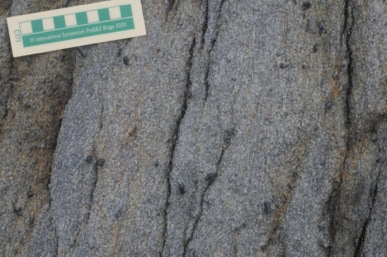The Earth’s crust is the outermost layer of the planet with a thickness of 10 to 70 km. It is composed of igneous, metamorphic and sedimentary rocks.

Figure 1.1. Average proportion of the different types of rock in the Earth’s crust.
The rock cycle allows us to understand the interactions between the numerous materials and processes of the Earth system (Fig. 1.2), namely the origin of igneous, sedimentary and metamorphic rocks and the way they relate. The rock cycle shows that any type of rock can be transformed into another type through the action of geological processes.
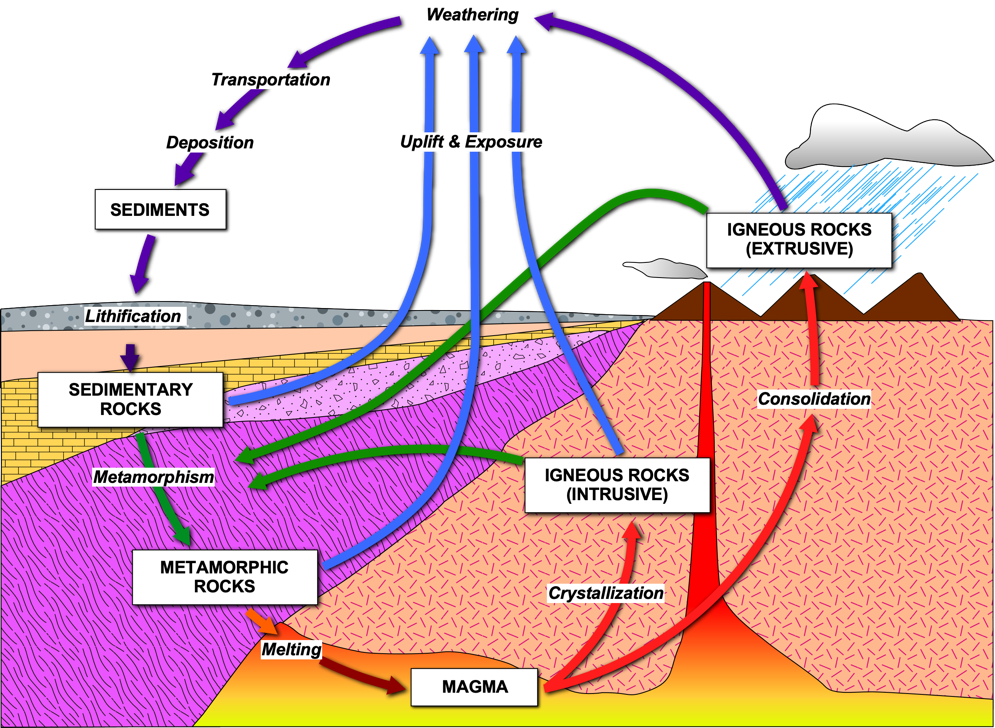
Figure 2.2. The rock cycle.
Diversity of granitic rocks
Granitic rocks are formed when the magma cools down and crystallizes about a dozen kilometers deep. Granite is a common granitic rock (Fig. 1.3).
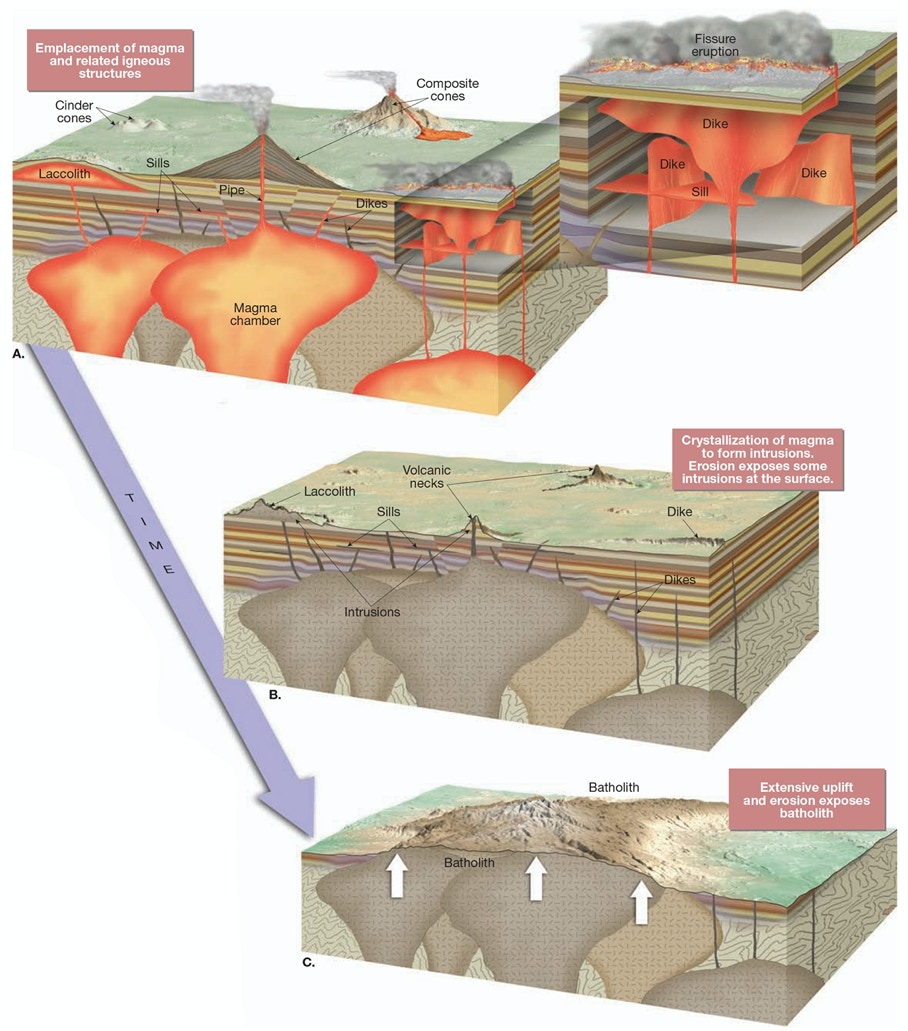
Figure 1.3. Formation of granitic rocks (taken from F. K. Lutgens, E. J. Tarbuck E.J. (2012) Essentials of Geology. 11th edition, Pearson Prentice Hall, New Jersey).
Granitic rocks may have different minerals because they originate from magmas with different chemical composition. However, quartz and feldspar are minerals always present in granitic rocks; other minerals such as biotite, moscovite, amphibole, garnet, may exist or not. The cooling rate of magma can be also responsible for granitic rocks with different types of texture. If magma cools down slowly, minerals can grow and the rock might have crystals with several centimeters in length. On the contrary, if magma cools down fast, minerals do not have the chance to grow thus originating a rock with a completely different texture (Fig. 1.4).
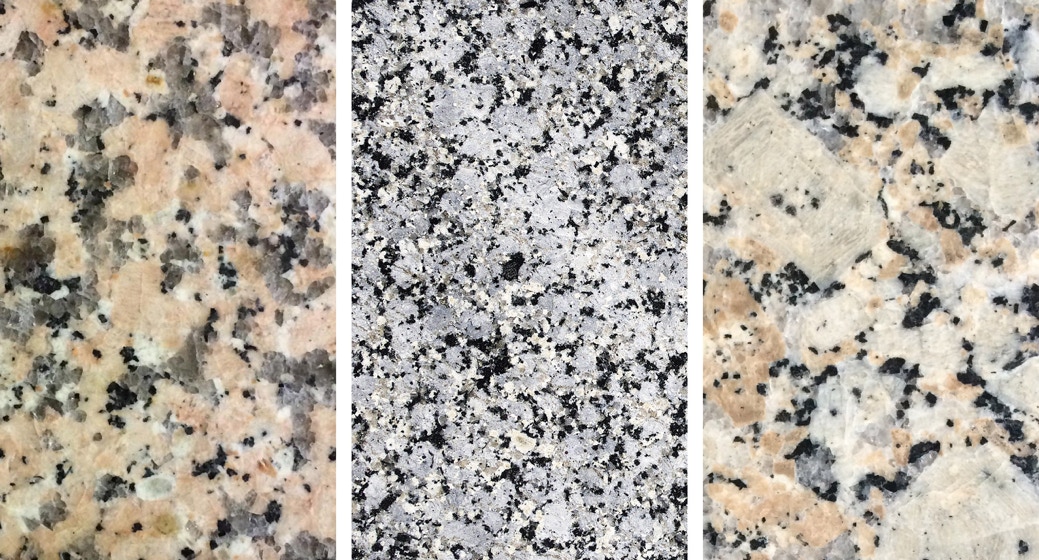
Figure 1.4. Different types of textures of granitic rocks.
Pegmatites are magmatic rocks with large crystals (> 2,5 cm) which are chemically identical to granitic rocks (Fig. 1.5). They form during the last stages of magma crystallization and sometimes may contain rare chemical elements of economic significance, such as litium, boron, tantalum, niobium, uranium, and rare earths.


Figure 1.5. Pegmatite veins in this LNM.
Aplites are magmatic rocks usually light colored with millimetric crystals of quartz and feldspar. Aplites might occur in veins associated with pegmatites because they also form during the final stages of magma crystallization.
Metamorphic rocks
In some places of this LNM, schists with large staurolite and andalusite crystals may be seen in the contact with granitic rocks. Schists are metamorphic rocks and staurolite and andalusite form when the hot granitic magma induce changes in surrounding rocks (Fig. 1.6).
Figure 1.6. A– Schists with straurolite and andaluzite. B and C– Metamorphic rocks (darker) in contact with granitic rocks (lighter).
Sediments
Sediments that are transported to the sea by rivers and after by ocean currents along the coast accumulate in beaches.
The size of sediments (fine or coarse sand, peabbles) (Fig. 1.7) basically depends on the greater or lesser hardness of the minerals that constitute them, and on the intensity of the transport phase. Sediments originating from hard minerals are usually bigger because they are more difficult to break up; on the other hand, longer transportation give rise to smaller sediments.
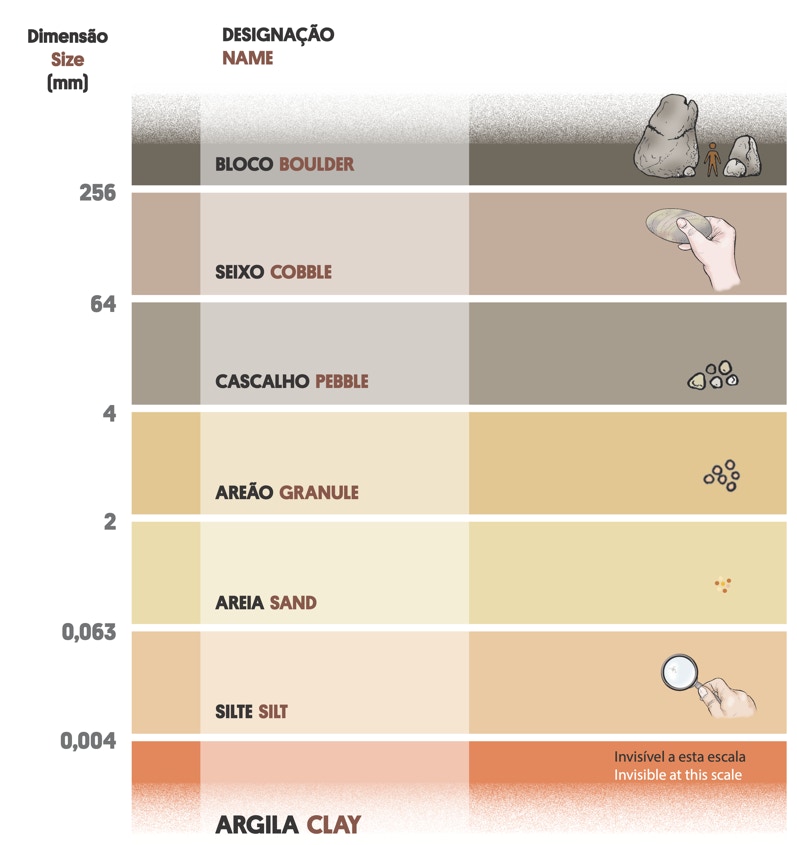
Figure 1.7. Sediments name according to their grain size.
Therefore, it is possible to find in beaches sediments with different nature, grain sizes and origins. In this Local Natural Monument, sediments are heterogeneous and some of them come from rocks that cannot be found nerby, such as quartzites (Fig. 1.8).


Figure 1.8. Variety of sediments (peabbles) found at Gatanha beach.
Sheltered beaches are more likely to accumulate sand. Over time, and with the natural variation of weather conditions, the sediments on a beach can alternate between sand and pebbles.
Larger sediments remain near the coast where seawater agitation is more intense. Smaller sediments are transported and deposited at greater depths where conditions are quieter (Fig. 1.9).

Figure 1.9. Transport of sediments and sedimentation near the coast.
Coastal platforms and variation of sea level
Coastal platforms are surfaces flattened by the action of waves in the ocean-continent interface. These platforms are usually covered by beach sediments. However, sometimes local conditions do not favour sedimentation and rocky flattened surfaces became quite evident.
In some coastal areas of this LNM, the erosion of the current platform is clear at present sea level (Fig. 1.10).

Figure 1.10. Granite coastal platform in this LNM.
Near the coastline, it is possible to find other platforms above and below the current one. They are the testimony of times when sea level was higher and lower than today. Platforms which developed during the Quaternary are particularly significant because during this geological period wide variations in sea level occurred. These platforms are called marine or coastal terraces; generally they support beach deposits (sedimentary terraces) but they may not present this sedimentary cover (rocky terraces). In the Portuguese coastline, Quaternary terraces usually develop between current sea level (0 m) and 75m and they are related to times when the sea level was higher. Nevertheless, there are several factors that might influence the position of coastal platforms, such as tectonics, which was particularly significant in Portugal.








